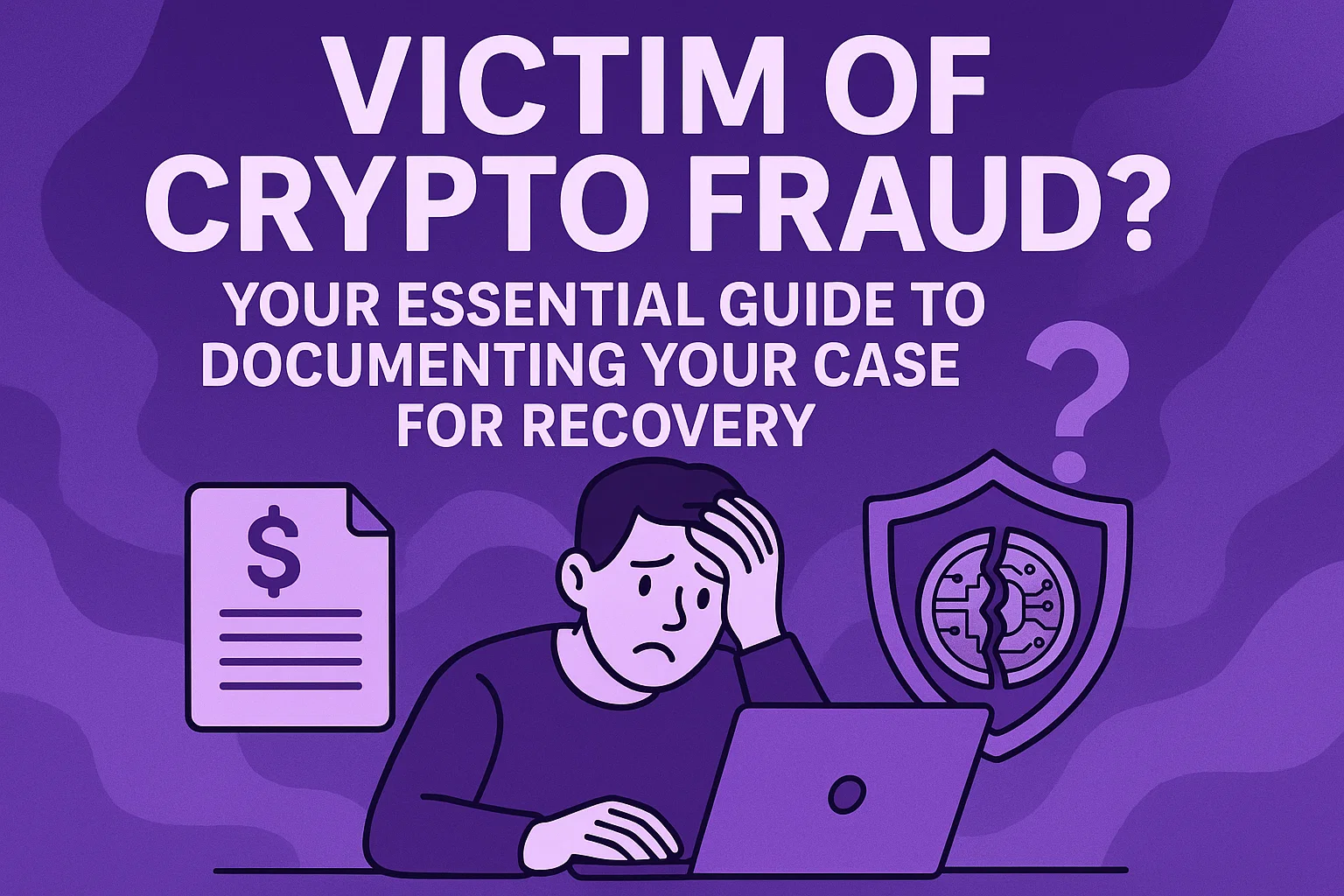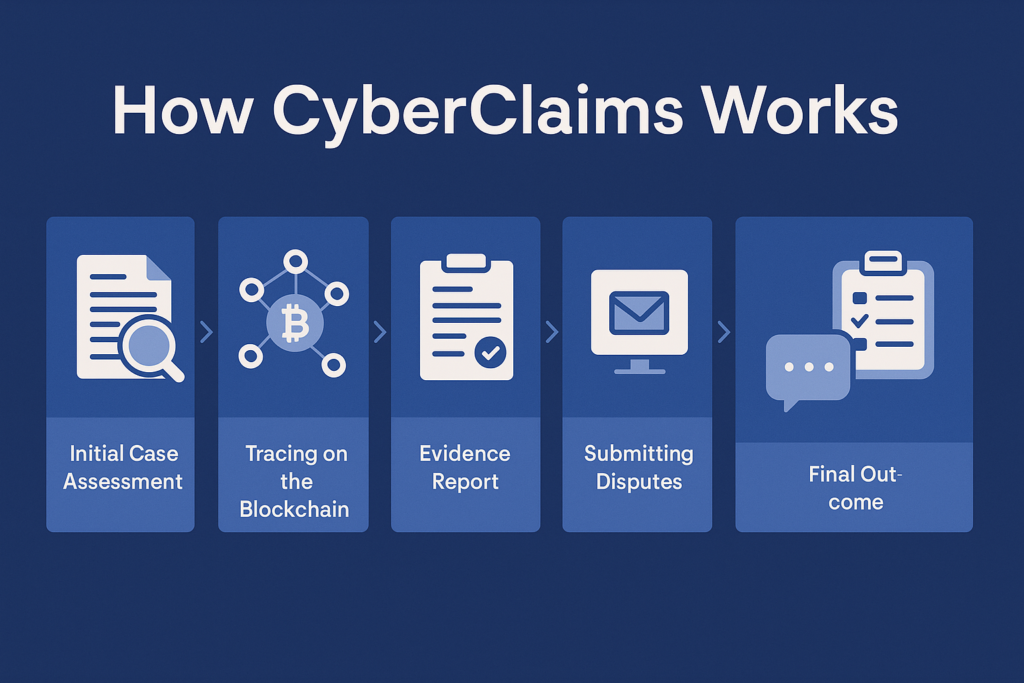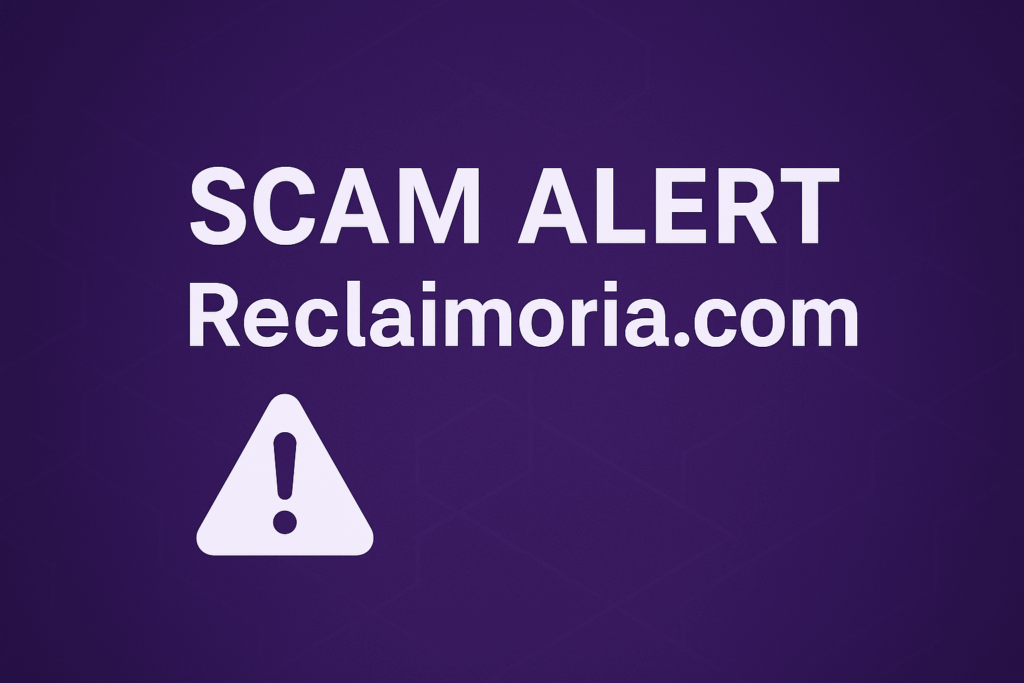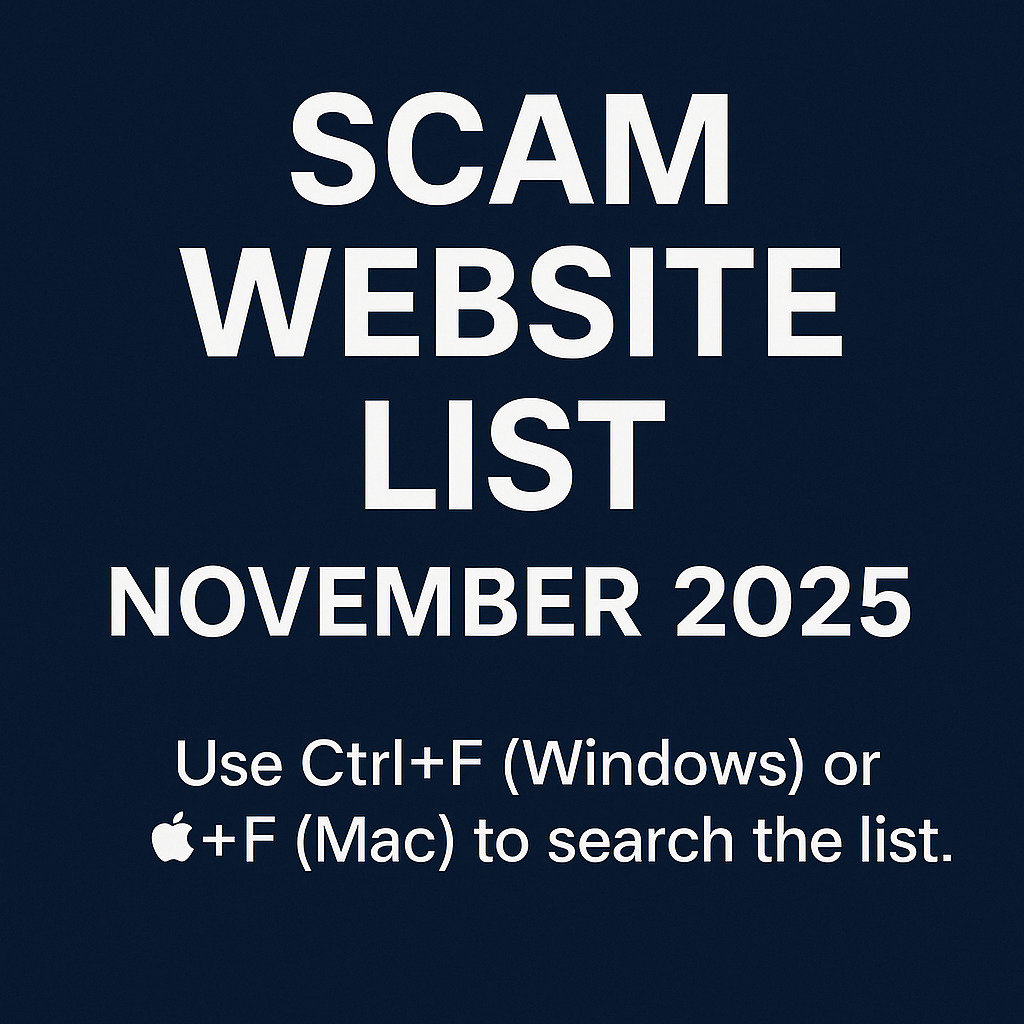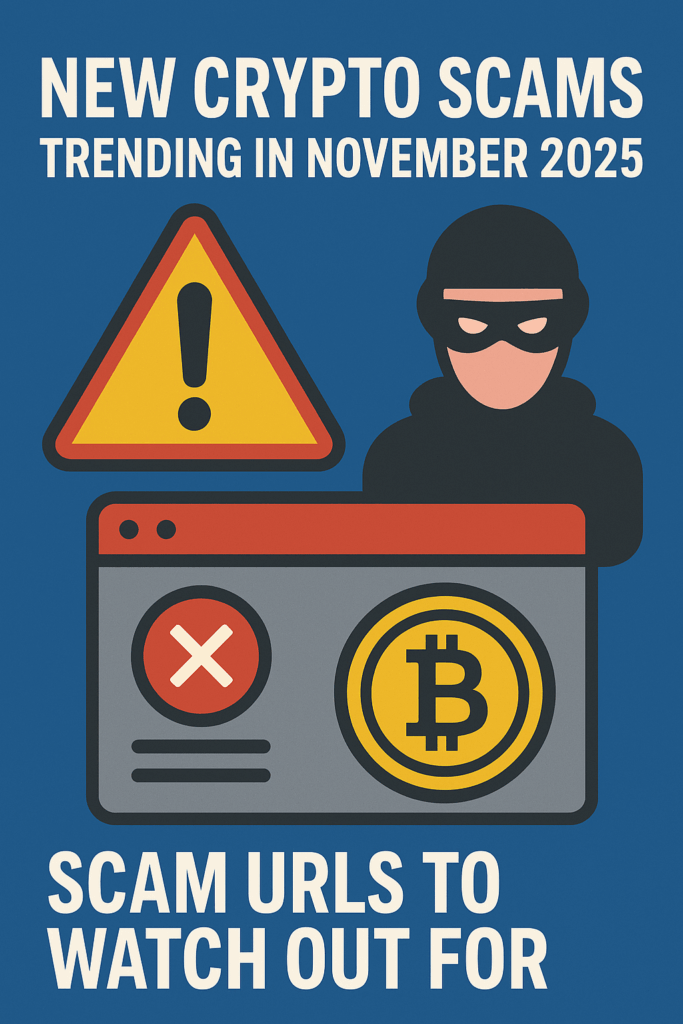Losing your hard-earned cryptocurrency to an online scam is a truly devastating experience. The initial shock, the feeling of betrayal, confusion, and profound helplessness can be utterly overwhelming. It’s a violation not just of your finances, but often of your trust. But amidst this emotional turmoil, there’s a crucial, empowering first step you can take that significantly impacts your chances of crypto fraud recovery: thorough and accurate documentation.
Why Documentation is Your Strongest Ally in Crypto Recovery
When you’re trying to reclaim lost digital assets, simply stating “I was scammed” isn’t enough for authorities. Whether you’re reporting to law enforcement, a regulatory body, or exploring other avenues for scam victim help, they demand concrete evidence. Think of it as building an unassailable case. Without proper documentation – a clear, verifiable, and organized trail of what transpired – your report can easily get lost in the immense volume of cybercrime cases, making it incredibly difficult for investigators to act effectively, identify perpetrators, or potentially trace your stolen bitcoin recovery or ethereum scam funds.
Effective documentation is the bedrock of any successful digital asset fraud investigation. It needs to tell a complete story, supported by verifiable facts. This typically includes:
- Comprehensive Communication Records: Every interaction you had with the scammer is vital. This means screenshots of chat logs (WhatsApp, Telegram, social media DMs), email exchanges, text messages, and even call logs. Date and time stamps are crucial. Did they use specific names or aliases? What promises were made? Did they pressure you into decisions? Saving conversations as PDFs can also help preserve metadata.
- Detailed Transaction Information: This is perhaps the most critical component for crypto fraud recovery. You need explicit records of every transaction related to the scam. This includes:
- Blockchain Transaction IDs (TxIDs): These unique identifiers are like a digital fingerprint for your transactions. You’ll find these on your exchange or wallet transaction history.
- Sending and Receiving Wallet Addresses: The specific addresses where your crypto originated and where it was sent. This is crucial for tracing the funds on the blockchain.
- Amounts Transferred: The exact quantity of cryptocurrency (e.g., 0.5 BTC, 2 ETH) and its value in fiat currency at the time of transfer.
- Dates and Times: Precision is key. Correlate these with your communication records.
- Exchange Records: If you sent funds from a centralized exchange (like Binance, Coinbase, Kraken), provide statements or transaction histories from your account. These often include TxIDs and wallet addresses.
- Fiat On-Ramp Records: If you converted traditional currency to crypto to send to the scammer, include bank statements or credit card statements showing these fiat transfers.
- Website/Platform Evidence: Did the scam involve a fake investment platform, a phishing website, or a fraudulent trading app? Capture:
- The full URLs of these sites.
- Screenshots of the login pages, your “dashboard” (even if fake), and any fabricated returns or profits displayed.
- Dates you accessed these sites. Be wary of continuing to interact with these sites once you suspect a scam, as they may contain malicious code.
- Proof of Identity/Personal Information Shared: If you were tricked into providing personal documents (like ID, passport, utility bills) or sensitive information, document exactly what was shared and when. This can be crucial for preventing further identity theft and for subsequent reports to identity theft protection services.
- Any Other Supporting Information: This could include advertisements you responded to, social media profiles of the scammers (even if now deleted, a screenshot taken quickly can help), or details of anyone who referred you to the scam. Every piece of information contributes to a fuller picture for online scam evidence gathering.
This meticulous evidence helps authorities understand the scam’s intricate mechanics, identify potential perpetrators or their networks, and most importantly, potentially trace stolen assets, offering a glimmer of hope for your bitcoin recovery or other digital asset fraud losses. It also forms the basis for any reporting crypto scams activities.
How Cyberclaims Empowers Your Crypto Recovery Journey
We know firsthand that gathering and organizing this extensive evidence can be incredibly daunting, especially when you’re already reeling from the emotional and financial impact of a scam. It’s like being asked to solve a complex puzzle while in distress. That’s precisely where Cyberclaims steps in. We are not lawyers, and we don’t provide legal advice, but we are experienced specialists in helping victims like you compile and present your documentation in the most effective and actionable format for relevant authorities.
Our service is designed to simplify the complex process of turning scattered information and digital footprints into a compelling, organized package. We guide you through exactly what’s needed, help you systematically gather it, and ensure it’s presented clearly and coherently. Our expertise in preparing online scam evidence means your case has the highest chance of being taken seriously by law enforcement and regulatory bodies responsible for investigating cybercrime help and providing fraud documentation support. We streamline the process, giving you back control and confidence in your fight.
Don’t let the fear of complex paperwork or the overwhelming nature of the task stop you from fighting back against digital asset fraud. By taking this crucial first step with Cyberclaims, you’re not just reporting a scam; you’re actively building a robust, credible path to potential recovery.
Ready to take control of your crypto recovery and fight back against online fraud? Visit www.cyberclaims.net today to learn how we can help you prepare your documentation for success and increase your chances of digital asset recovery.
